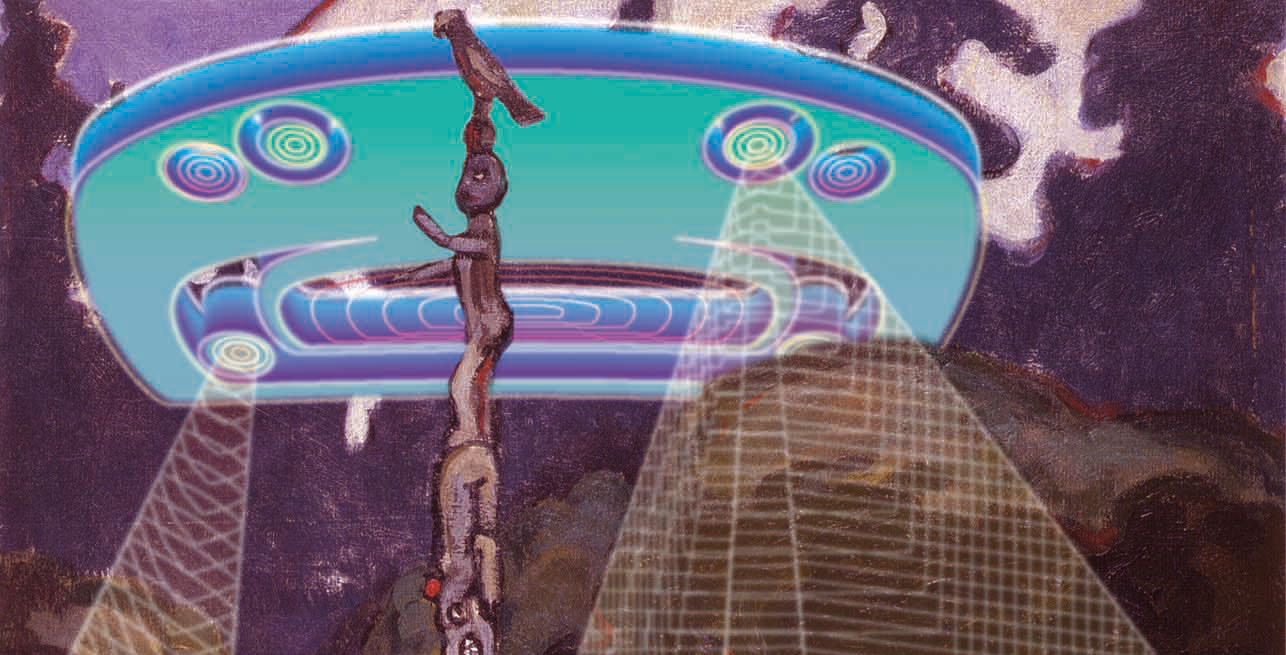by Sam Seidel
Lanham, MD: Rowman & Littlefield Education, 2011. 156
pp. $22.95 (hardcover).
I back-flipped on the mattress they slept on me on.
—Lupe Fiasco
It’s the ingenuity that led youth in the South Bronx to turn electricity
from streetlights and discarded pieces of linoleum into a party. It’s the
something-from-nothing attitude that led young musicians to transform record
players into instruments and to combine snatches of disco, funk, rock, and
blues into the new American music. It is hip-hop genius, and, according to
Sam Seidel, it just might be the antidote for what ails our public
schools.

In Hip Hop Genius: Remixing High School Education, educator and
author Sam Seidel profiles the High School for Recording Arts (HSRA) in St.
Paul, Minnesota, an innovative charter school built around a student-run,
for-profit record label where young people hone their artistic and
leadership skills while learning about technology, business, collaboration,
and more. The school works with youth who have dropped out or been pushed
out of traditional schools—and even some alternative programs—by offering a
remix of established alternative education models and its own unique
contributions.
Each chapter of Hip Hop Genius looks at
HSRA from a different vantage point. Chapter 1 gives an overview of the
school’s structure and philosophy. We are introduced to the student-run
record label Another Level Entertainment, the project-based curriculum in
which students advance only by demonstrating real-world learning, and the
school’s underlying values of student voice, caring, and, above all,
“respect for the brilliance and resilience of young people” (p. 22). Chapter
2 zooms in on the life of the school by taking us through an average day for
Lil C, an HSRA student and emcee. We are shown in compelling detail the
control students have over their everyday experience and how advisers (there
are no “teachers”) engage young artist-scholars in ways that are
challenging, honest, and loving.
Chapter 3 relates the school’s
genesis through the story of its dynamic founder, David “TC” Ellis. A
hip-hop artist who struggled in traditional schools, Ellis brings a unique
brand of what Seidel calls “hip-hop leadership,” combining a talent for
improvisation with street credibility and a commitment to collaboration. In
chapters 4 and 5, Seidel situates HSRA in its broader context: education
reform and hip-hop education, respectively. HSRA’s ethos, based in hip-hop’s
“imperative for innovation” or “quest to be fresh” (p. 103), is framed as a
much-needed alternative to modern trends in school reform, though one that
faces significant barriers in an era of intense test-based accountability.
The school is described as the next level of hip-hop education, moving from
classroom-based hip-hop interventions to whole school reform. Finally, in
chapters 6 and 7, Seidel offers thoughts on how HSRA might support or spark
future innovation and briefly describes his own relationship to this
work.
At 156 pages, this book, like Lil C, demonstrates “big talent
in a small package” (p. 73). With no wasted words or drawn-out discussions,
Seidel keeps it moving and leaves you wanting to know more. The author comes
across as knowledgeable and passionate about the topic as well as humble in
his obvious admiration for the youth and adults featured in the book. As
Seidel explains, this is not an “objective” research study. Seidel is
obviously a supporter and proponent of the school, though he is thoughtful
about the challenges and limitations inherent in any attempt to duplicate or
scale up its success.
This is also not a complete portrait of the
school. Rather, Seidel chose to focus on “aspects of the school’s program
that I believed would push public dialogue about the possibilities that lie
waiting in the intersections of hip-hop education” (p. 150). So while his
picture of the school is not idealized, it is much more focused on
possibilities and successes rather than internal challenges or setbacks.
Seidel leaves many questions for those of us looking to draw on this model
for our own practice—questions about connecting with families, helping new
students adapt, training teachers, engaging students who clash with the
school’s culture, and so on. Much could be learned from further research and
writing, perhaps from students and teachers who have experienced the school
firsthand
This book is a gift. For those frustrated with current
trends in education reform, Hip Hop Genius can offer some
much-needed inspiration. For hip-hop educators, this book can suggest new
and exciting avenues for innovation. And for arts educators like me, this
book and the work it features suggest a different way to think about the
space where art meets school reform. TC Ellis has not only integrated
artistic practice into this school but an entire artistic culture—hip-hop’s
“majestic, creative, resourceful spirit” (p. 11). Perhaps this approach is
unique to hip-hop and, as such, an integral part of youth cultures around
the world. But perhaps not. What else might we think up? A punk education
based in do-it-yourself culture? If this book catapults readers toward their
own innovative ideas, if readers take what excites them from HSRA and
combine it with other reforms they are drawn to, then the book will have
done its job. After all, what’s more hip-hop than that?
This book review was originally published in the Harvard Educational Review
Top image from Tengilorg, in WikiCommons


